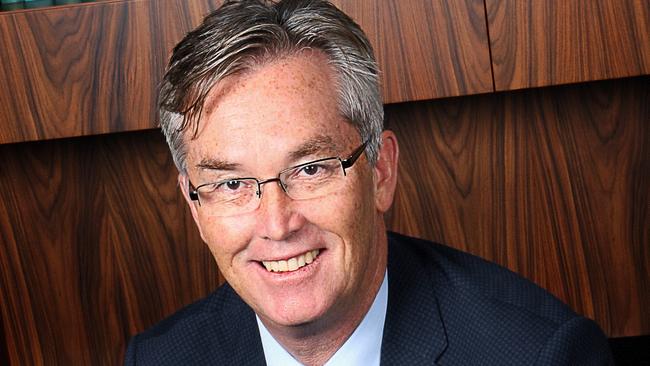Welcome to the decluttering of the national curriculum

The Australian curriculum is reviewed every six years to ensure it continues to meet the needs of students, now and into the future.
Reviewing the curriculum is no easy task, nor should it be. The lead-up to the public consultation has been an intense process of collaboration between teachers and curriculum experts from government education departments, the Catholic and independent school sectors, and academia.
There have been some hard conversations as well as some easier ones.
The Australian Curriculum Review has been informed by research into best practice, including looking to the curriculums of Singapore, Finland, British Columbia and New Zealand. And we have sought feedback from states and territories on the effectiveness of the Australian curriculum through an annual implementation monitoring process. All this work informed the terms of reference agreed by education ministers.
We have been working with 18 teacher and curriculum reference groups established to support the review, made up of 360 teachers and curriculum authority representatives from across Australia, as well as consulting with our peak national subject bodies and key academics. I have also held special staff meetings with 24 primary schools across the country.
In June last year, ministers gave the Australian Curriculum, Assessment and Reporting Authority the task of improving the Australian curriculum by refining, realigning and decluttering the content of the curriculum to make it more helpful for teachers, which then makes it more accessible for students.
“Decluttering” doesn’t just mean removing unnecessary material. It means giving the national curriculum the “Marie Kondo” treatment, so that regardless of how much content is left, it is properly organised, logical in its presentation and sequence, coherent, clear and easily understood.
In particular, we have tightened up the language in the content descriptions and achievement standards – the main curriculum components that teachers use to plan, teach and assess learning.
For example, in science, a content description that outlined “students will learn that Earth’s surface changes over time as a result of natural process and human activity” has now been changed to the more explicit “students will learn to investigate how physical weathering, erosion and deposition cause slow or rapid change to Earth’s surface and the factors that can impact erosion in local environments”. That gives teachers a much clearer idea of what they have to focus on.
Another key thing we have done is identify the core concepts to ensure that teachers can clearly see what is essential for students to learn in each learning area. In some learning areas, the core concepts have helped better organise the curriculum content. These are the big ideas, understandings, skills or
processes that are central to a learning area. They anchor a coherent curriculum and give clarity and direction about what matters and help identify the essential content students need.
Mathematics, in particular, is an area that we have identified needed additional work. The basics of learning mathematics – such as our time tables – will always have a place in the mathematics classroom. But we also need to ensure that our young people know how to apply that knowledge to solve real world problems. Our declining results in the OECD PISA tests show that this ability to transfer knowledge from one context to another is an area we need to strengthen.
PISA tells us that when it comes to mathematics, while Australian students are not bad at knowing the “what”, they are not so good at the “why” of mathematics; that is, being able to think mathematically and see how mathematical concepts can be applied in different situations. They are good at knowing the rules of mathematics, but not good at understanding the reasons for those rules.
For example, in mathematics, the original content description said: “Students will learn to calculate volumes of rectangular prisms”. Our proposed revision reads: “Students will learn to: establish the formula for the volume of a prism; use formulas and appropriate units to solve problems involving the volume of prisms, including rectangular and triangular prisms”. The first is achieved just by plugging numbers into a formula you might not understand. The second is achieved by understanding how and why the formula works and what you can use it for.
These adjustments have been hard won. Revising the national curriculum so that it provides a robust scaffolding that sets a high standard – but is flexible enough so that it can be made meaningful for every student – is no easy task. Deep consultation has been the key to getting it right. All jurisdictions and school sectors have had a significant role in shaping the curriculum, and teachers have had a voice every step of the way.
The national curriculum represents the aspirations we have as a community for what the next generation should learn. It is a conversation between the generations, and through the consultation period everyone can join in.
I encourage you to visit the new consultation website that has been developed to give feedback through a survey that will allow you to comment on the proposed revisions.
National curriculums are nation building and they are everyone’s business. Please let us know your thoughts on the new Australian curriculum.
David de Carvalho is the chief executive of the Australian Curriculum, Assessment and Reporting Authority.



Today the revised Australian curriculum will open to the public so every person in Australia has an opportunity to contribute to one of the most significant documents our nation has.